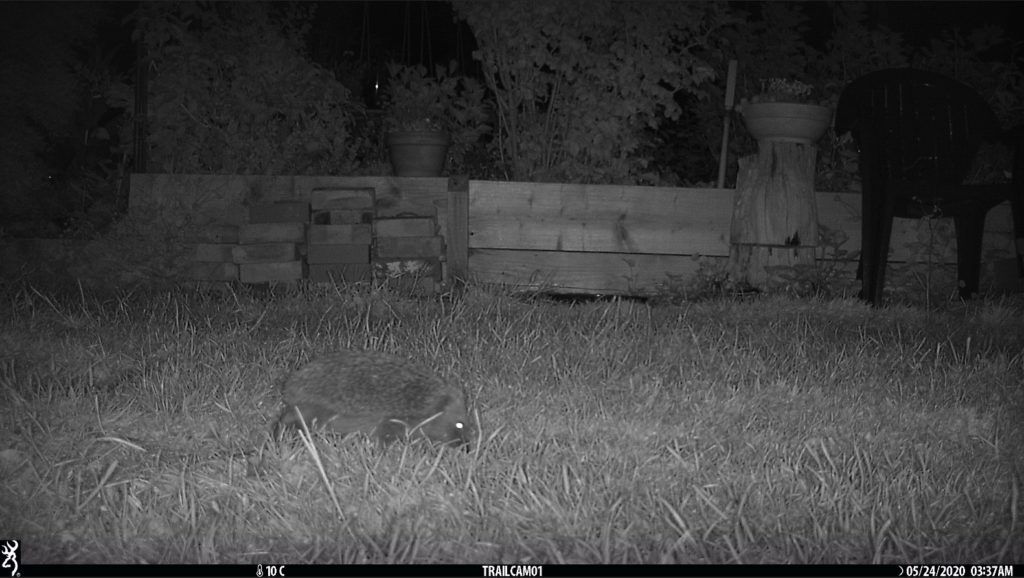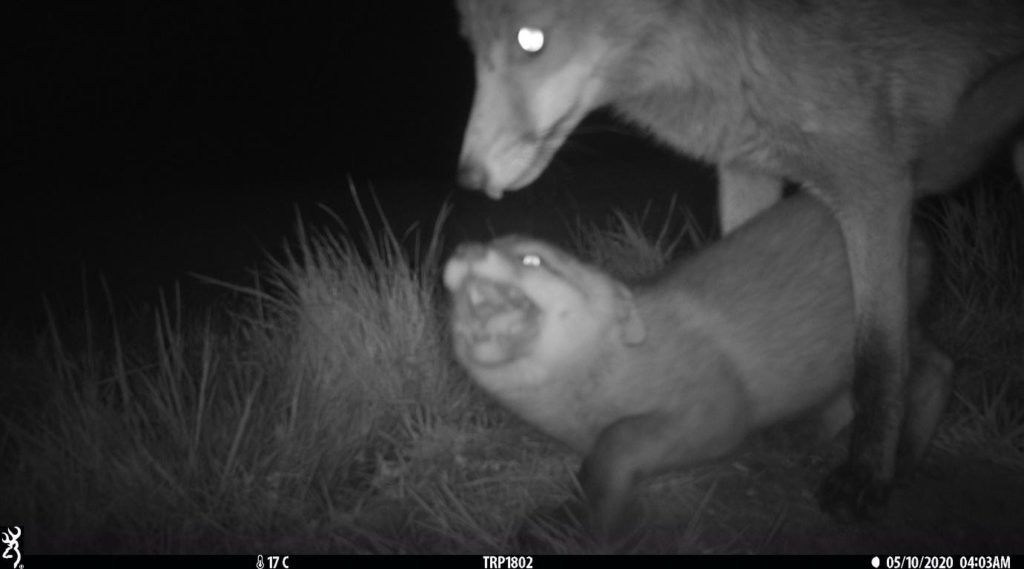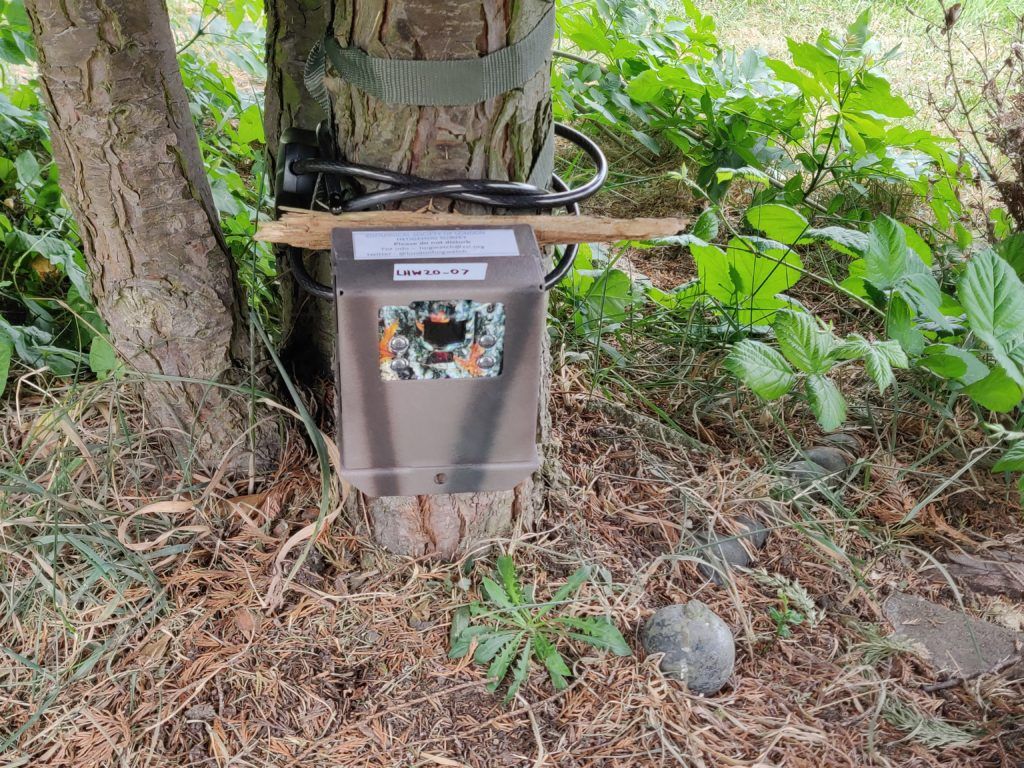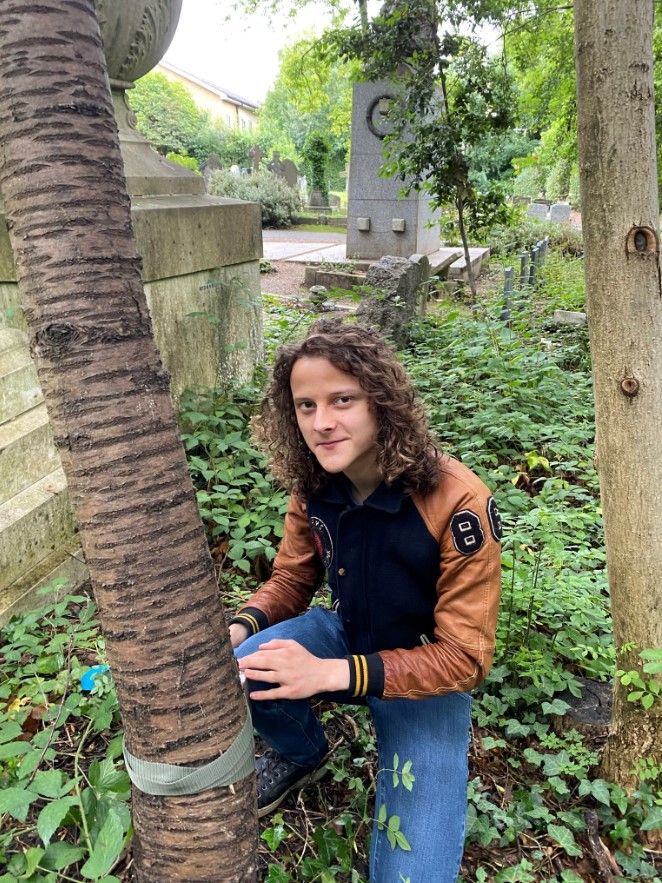Using deep learning technology to map urban wildlife across parks in London
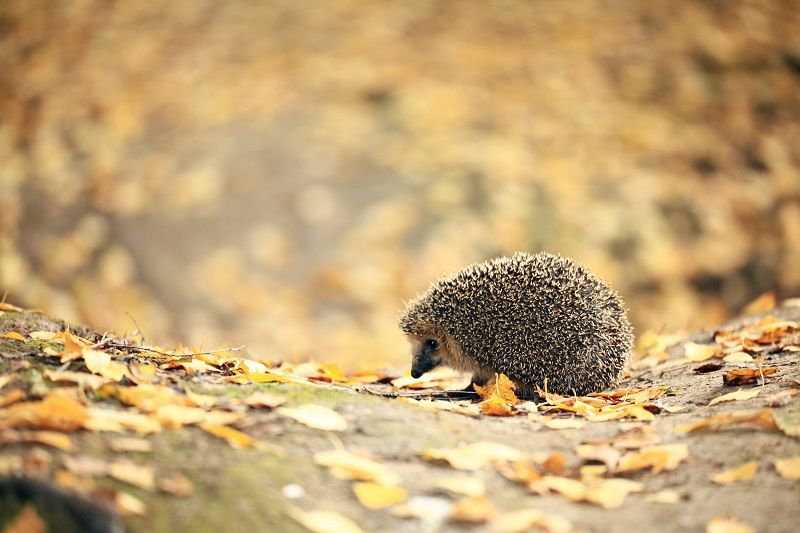
Learning more about our wild urban neighbours
Urban wildlife, including well-known animals such as foxes and hedgehogs, face numerous man-made threats. These include predation from pets and harassment from humans. Restricted access to green spaces, such as parks, gardens and cemeteries, due to road traffic and fencing is also increasingly a problem.
In collaboration with park and council authorities, a team at Zoological Society of London (ZSL) are running the project London HogWatch. The survey findings will be used to support more well-informed conservation strategies. Strategies can include cordoning off an area of the park to allow deer to forage safely or developing a hedgehog highway scheme to allow the secure movement of hedgehogs between green spaces.
As London HogWatch continues to expand, there are increasing requests for park surveys. However, each camera trap survey can result in hundreds of thousands of images which all need to be individually classified by trained volunteers. The time required to process such large quantities of data is extensive and costly. To reduce the time spent looking and tagging (labelling) the images, the ones taken in daylight are often removed, because these contain a very high proportion of photos of people. But this has its own problems. Images of animals that are active in the day are then discarded. This means that these species appear to be less frequently found in urban areas, when that isn’t always the case.
Using machine learning to help identify animals
PTES is providing funds for intern Dylan Carbone on his mission to use artificial intelligence (AI) to solve the problem. AI can greatly reduce the time needed for species to be identified and potentially remove these constraints on camera trap projects to make them much more successful. Dylan will be using machine learning algorithms in a process that simulates the workings of the human brain. The machine will then rapidly be able to identify common species such as humans, foxes, and deer.
Dylan will be working with Dr Robin Freeman and the London HogWatch team at ZSL. He’ll help them continue their camera trap surveys in a wide variety of parks across London including Hampstead Heath and Lee Valley. Dylan will study how the number of images used to train the algorithm and the selection of species affects its accuracy. His findings will help establish clear and effective protocols for using the algorithm, allowing other conservationists who also use camera traps to replicate his work and rapidly identify their photographed species.
Working with London HogWatch at ZSL, Dylan will be well-placed to benefit the conservation of urban species across London and improve the efficacy of camera trap-based wildlife surveys in the UK and abroad.

